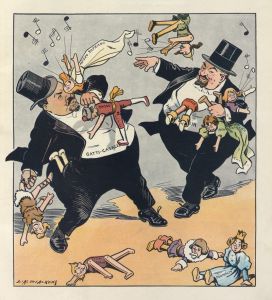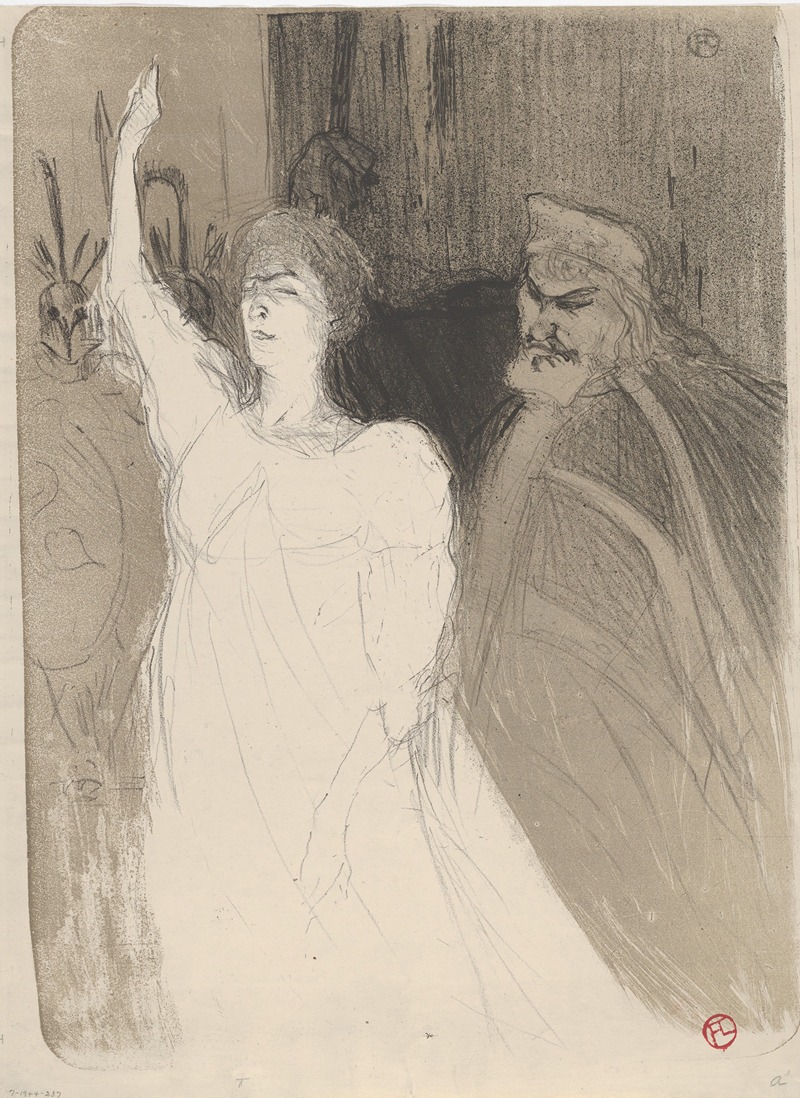
Bartet and Mounet-Sully, in Antigone
A hand-painted replica of Henri de Toulouse-Lautrec’s masterpiece Bartet and Mounet-Sully, in Antigone, meticulously crafted by professional artists to capture the true essence of the original. Each piece is created with museum-quality canvas and rare mineral pigments, carefully painted by experienced artists with delicate brushstrokes and rich, layered colors to perfectly recreate the texture of the original artwork. Unlike machine-printed reproductions, this hand-painted version brings the painting to life, infused with the artist’s emotions and skill in every stroke. Whether for personal collection or home decoration, it instantly elevates the artistic atmosphere of any space.
Henri de Toulouse-Lautrec, a prominent French painter and illustrator of the Post-Impressionist period, is celebrated for his vivid portrayals of Parisian nightlife in the late 19th century. Among his diverse body of work, the painting "Bartet and Mounet-Sully, in Antigone" stands out as a significant piece that captures the essence of theatrical performance during that era.
The painting depicts two renowned French actors, Julia Bartet and Jean Mounet-Sully, in their roles in the play "Antigone." This play, originally written by the ancient Greek playwright Sophocles, was a staple of classical theater and had been adapted numerous times over the centuries. The version in which Bartet and Mounet-Sully performed was likely a French adaptation, which was popular in the theatrical circles of Paris at the time.
Julia Bartet, known for her grace and emotional depth, was a leading actress at the Comédie-Française, one of France's most prestigious theaters. Her portrayal of Antigone would have been marked by her ability to convey the character's moral strength and tragic resolve. Jean Mounet-Sully, also a prominent figure at the Comédie-Française, was celebrated for his commanding stage presence and his ability to embody complex characters. His portrayal of Creon, Antigone's uncle and the king, would have been characterized by a powerful depiction of authority and inner conflict.
Toulouse-Lautrec's painting captures a moment of dramatic tension between the two characters. His use of color and line work reflects the emotional intensity of the scene. The artist's unique style, which often included bold outlines and a focus on the expressive potential of his subjects, is evident in this work. The painting not only highlights the actors' performances but also serves as a testament to the vibrant theatrical culture of Paris during the late 1800s.
The setting of the painting is likely influenced by the theatrical productions of the time, which often featured elaborate costumes and sets designed to enhance the storytelling. Toulouse-Lautrec's attention to detail in the depiction of costumes and expressions adds depth to the narrative, allowing viewers to engage with the story of Antigone on a visual level.
Toulouse-Lautrec's interest in theater and performance was a recurring theme in his work. He frequently attended plays and was known to sketch actors both on and off the stage. This painting is part of a broader collection of works where he explored the world of performance, capturing the nuances of human emotion and the spectacle of the stage.
"Bartet and Mounet-Sully, in Antigone" is a reflection of Toulouse-Lautrec's ability to merge his artistic vision with the cultural and social dynamics of his time. The painting not only immortalizes two of the era's most celebrated actors but also serves as a historical document of the theatrical traditions that shaped French culture at the turn of the century. Through this work, Toulouse-Lautrec offers a glimpse into the world of 19th-century theater, highlighting the enduring power of classical narratives and the artists who brought them to life.





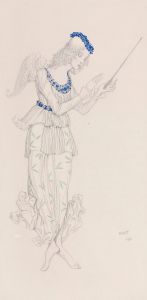
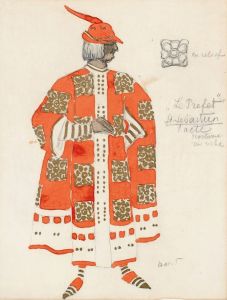

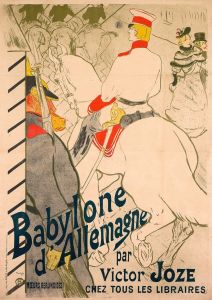
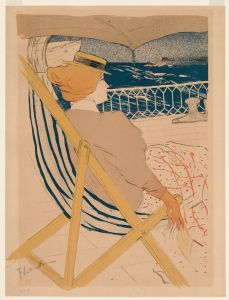
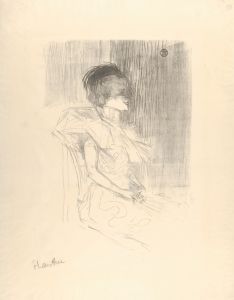
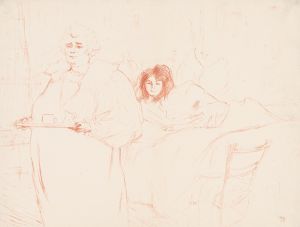
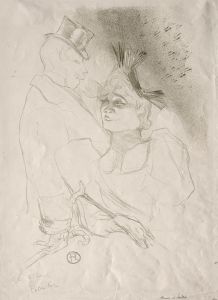
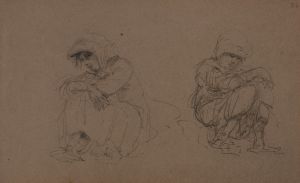
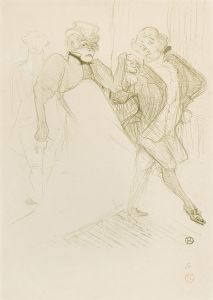
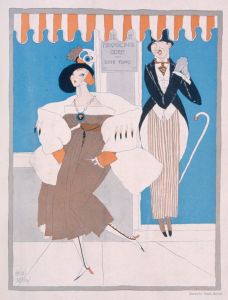
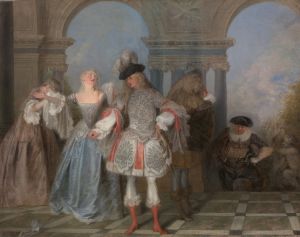
![Designs for theater with black-framed proscenium and boldly colored settings.] [Study for stage light wall decoration, possibly for Caf ̌Crillon](/imgs/249423/s/winold-reiss-designs-for-theater-with-blackframed-proscenium-and-boldly-colored-settings-study-for-stage-light-wall-decoration-possibly-for-caf-crillon-5f9976e0.jpg)
